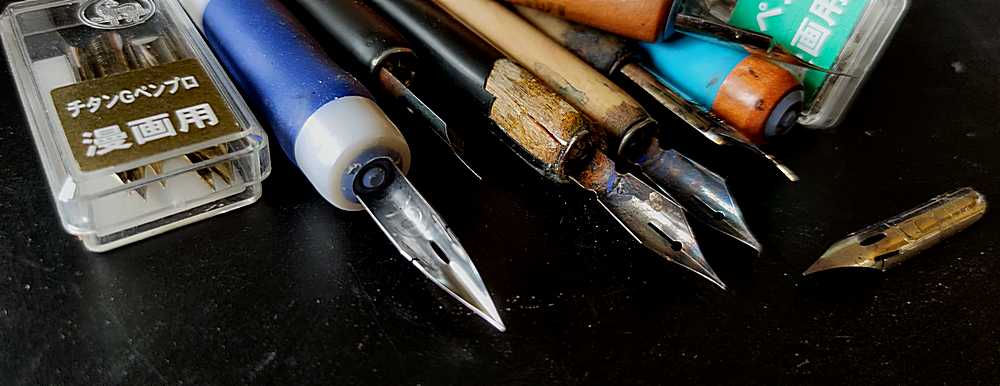Mix with three primary colors
It is often said that with three primary colors, all other colors can be mixed. Therefore, we will test this with a few simple mixing exercises. To try these yourself, I recommend the following…
It is often said that with three primary colors, all other colors can be mixed. Therefore, we will test this with a few simple mixing exercises. To try these yourself, I recommend the following…
To create smooth and seamless transitions with watercolor, artists often use the wet-on-wet technique, which involves applying paint to already wet paper. Another way to achieve similar effects is to use generous amounts of…
Artists haven’t always signed their work. The role of the artist began to shift during the Renaissance, when ideas of individual creativity and the artist’s status as an intellectual rather than a craftsman became…
A Swedish artist who primarily painted winter scenes is said to have once referred to summer and spring landscapes as “a green hell.” I don’t know who said this, or even if the story…
When adding color to an object, it’s not always best to fill the entire shape with color. Sometimes the result is more airy, and gives a lighter feeling, if you leave a few millimeters…
A combination of three colors, that forms an equilateral triangle on the color wheel, is usually called a color triad. These colors are thus all always the same distance from each other, but can…
The most common way to hold a brush is just like you hold a pencil. It’s natural and works for almost any brush technique. The beginner often has a tendency to hold the brush…
I like to use only one brush per painting, of course it doesn’t always work, sometimes I have to use two different brushes. This can be true for large paintings, which contain not only…
A dip pen is useful to most watercolorists, it is a good tool for fine lines and details. With a brush it’s hard to draw lines, but that’s what a dip pen is for….
Sometimes you see amateur paintings with a slightly curved character. All major lines in the picture, such as the horizon, are slightly curved. I wondered why for years, when it suddenly hit me: the…
Colors and pigments / Other watercolor Material / philosophy
October 28, 2025











